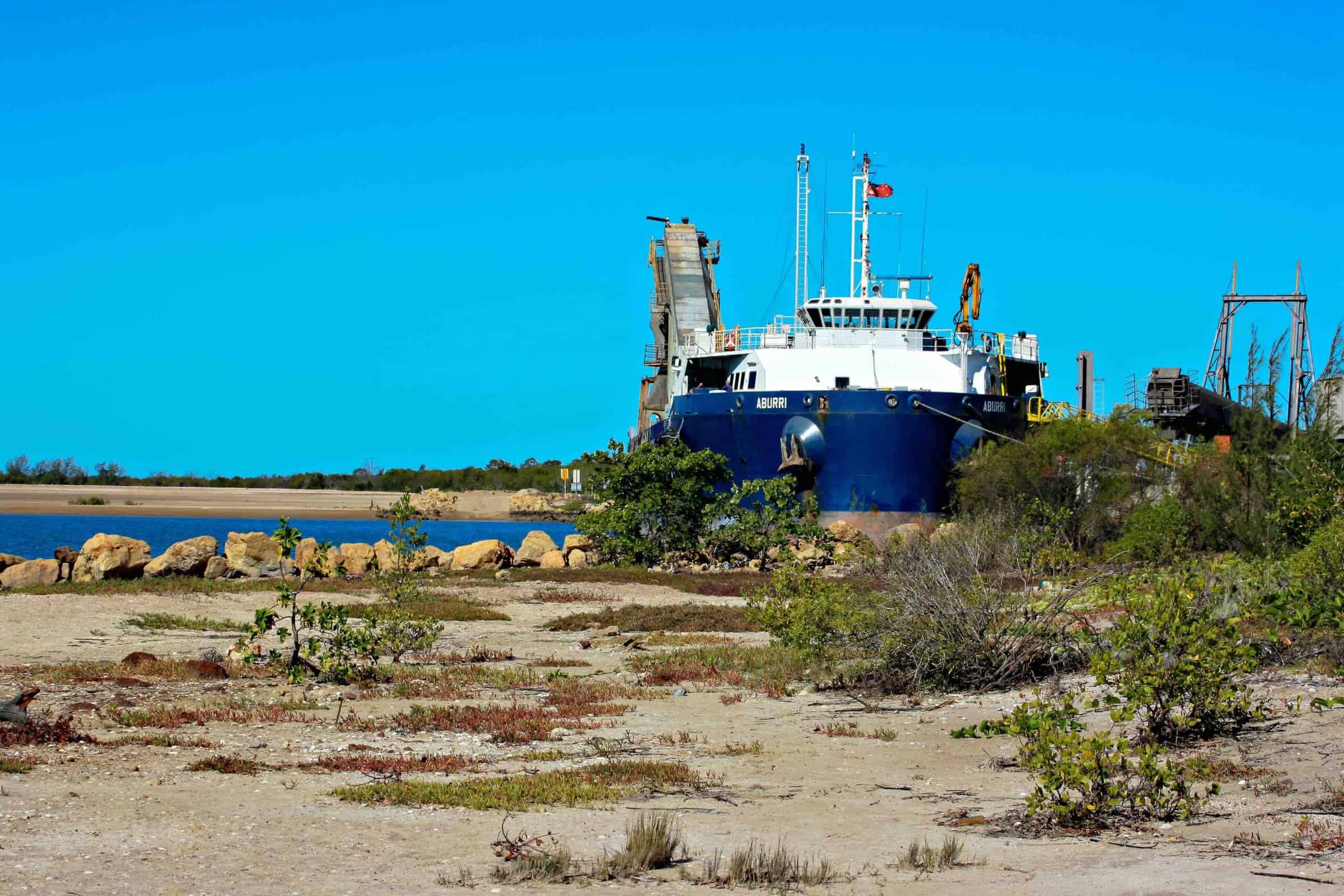Upstream zinc-ing for energy transition

One of the world’s largest zinc mine is located in the Northern Territory at Glencore’s McArthur River Mine, about 700km southeast of Darwin.
Along with zinc, the mine also produces lead and silver, both in concentrates.
Zinc produced there is used in steel products, such as white goods, to preserve and extend the life of steel products, and also in renewable technologies like solar panels and wind turbines for steel and corrosion protection.
McArthur River Mine was originally an underground mining operation, with the mine converting to open cut in 2006.
In 2012, Glencore took full ownership of the mine and, in 2013, the Northern Territory Government approved a major expansion to double size and production.
The expansion involves PBOX Technology, which was invented at the McArthur River Mine, to separate lead and zinc from bulk concentrate, thereby extending the mine life to 2038.
A survey done in 1955 discovered the Here’s Your Chance (HYC) deposit consisting of eight zinc and lead ore zones over 2km2 and is 55m thick.
But it wasn’t until 1995 that the mine went into viable commercial production, thanks to the Glencore-owned IsaMill technology, which enables fine-grained ore to be ground down so that it releases precious metals.
McArthur River Mine is an open pit mine, with mining methods including drill and blast as well as excavation used in the removal of ore for processing.
Excavators up to 550t load 175-220t haul trucks with ore.
There is an onsite processing plant where the ore is subsequently crushed and overburden rock is trucked to a waste pile where it is shaped for later rehabilitation.
The ore is ground into a fine dust or 45 microns.
After crushing and grinding, the zinc-lead is separated from waste rock through a flotation process.
At the end of the flotation process, froth is skimmed off the top of the slurry, leaving valuable zinc and lead concentrates, with small traces of silver.
The recovered concentrate is further reground and passed through conditioner tanks.
Particles are now as tiny as seven microns.
Further processes involving acid, heat, air and flotation separate the zinc from the lead.
Processed product and concentrates are then ready to transport offsite to be smelted into zinc and lead metals.
McArthur River Mine’s lead concentrate is transported 800km by road train to Glencore’s Mount Isa Mines lead smelter in Queensland for further processing.
Its zinc concentrates, which also contains silver, is trucked 120km north to the Bing Bong Loading Facility at the southern end of the Gulf of Carpentaria.
At the facility, zinc concentrate is stored in a 90,000t storage shed.
A purpose-built barge, the MV Aburri, transfers the concentrate 28km north of the Bing Bong Loading Facility, from which covered conveyors transfer the concentrate on to ships for export to refineries around the world.
Economic contribution
In CY2022, Glencore contributed a total of $611m to the Northern Territory and national economy through its McArthur River Mine.
The company supported up to 1,250 direct jobs and paid $70m in wages.
A total of 980 suppliers benefited from $436m in annual spend on goods and services.
Glencore also paid $105m in taxes and royalties from its NT operations.
These figures are up from CY2021 where a report compiled by Ernst & Young showed the mine contributed $477m back then.
Glencore says about one in four of its MRM employees are Aboriginal or Torres Strait Islander, with most coming from local communities including Borroloola and Robinson River.
Glencore chief operating officer of the zinc business in Australia Matt O’Neil says the company is committed to the welfare of the communities and families in the Roper Gulf.
“We continue to provide funding for community initiatives that will make a difference to people’s livelihoods,” he said.
McArthur River Mine acting general manager Adam Hatfield says the operation remains committed to providing increased opportunity for Territorians while helping building the long-term social and economic prosperity of local indigenous communities across the Gulf region.
“We’re proud of the significant contribution we make to the Territory, and we look forward to increasing our 25% Indigenous employment and working closely with Traditional Owners for an Indigenous Land Use Agreement (ILUA).”
Production
Glencore chief executive Gary Nagle says the third quarter of CY2023 was a solid production performance from the company’s underlying base business over the first nine months of the year.
The McArthur River mine produced 196.4kt of zinc in concentrates year-to-date for Q3 CY2023.
This was marginally down from the 203.3kt zinc in concentrates same time last year.
Lead in concentrates production for YTD 2023 was 36.8kt, while silver in concentrates production was 889koz for the same period.
Both of these metals were also slightly down from last year – lead in concentrates by 1.5kt and silver in concentrates by 207koz from YTD 2022.
Northern Territory exploration jumps
The Northern Territory also hosts the world’s largest producer of manganese, the Groote Eylandt Mining Company (GEMCO) and Australia’s only producing lithium mine outside of WA at the Core Lithium Finniss project.
Figures released by the Northern Territory Government shows mineral exploration expenditure in Q3 CY2023 was the highest ever recorded at $74.4m, representing a 30% jump compared to the same quarter last year.
Demand for critical minerals is driving this growth in exploration in the Territory, accounting for $37.8m in exploration expenditure.
NT Mining Minister Nicole Manison says these latest figures show “the world is quickly transitioning to renewable energy – and the Territory’s critical minerals are in high demand”.
Glencore continues to be a leading producer of key transition metals, including zinc, as the world transitions to a low-carbon economy.
The key role for energy transition commodities could become substantially more given their role in technologies and infrastructure that underpin low or no carbon energy sources.
McArthur River Mine 2022 Production
- 273,765t zinc in concentrates
- 51,447t lead in concentrates
- 1,467,207oz silver in concentrates






















